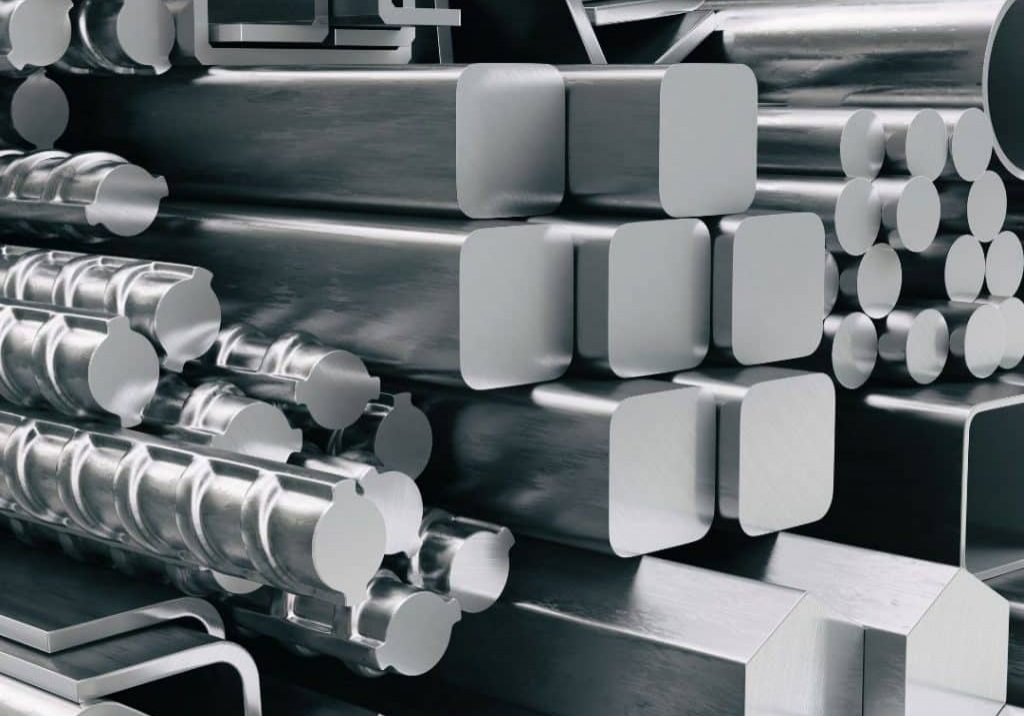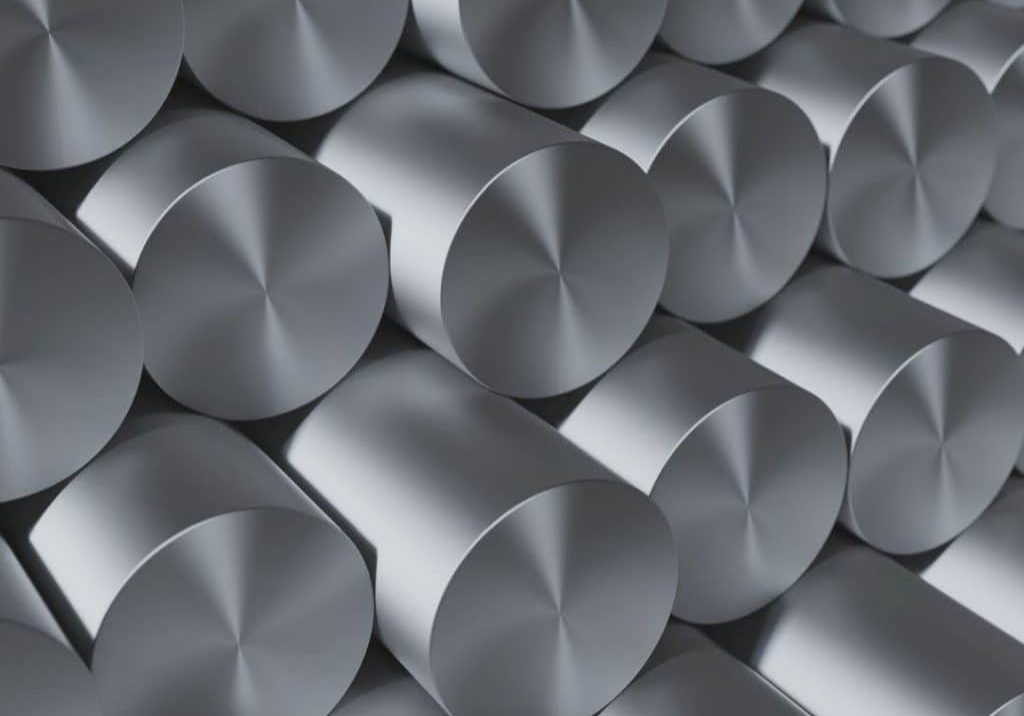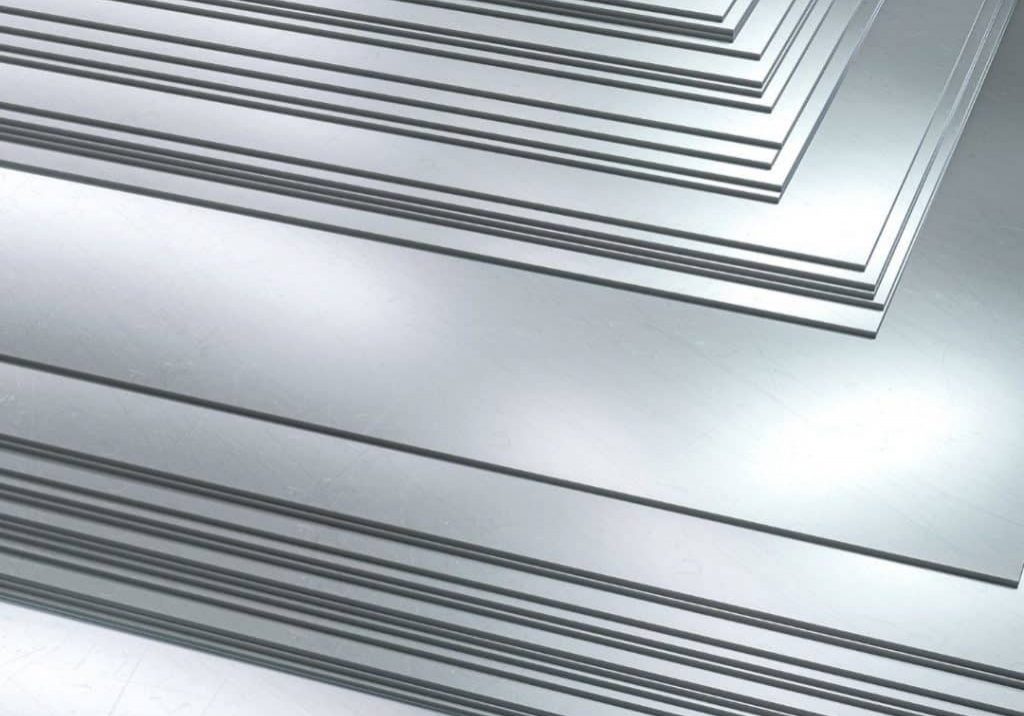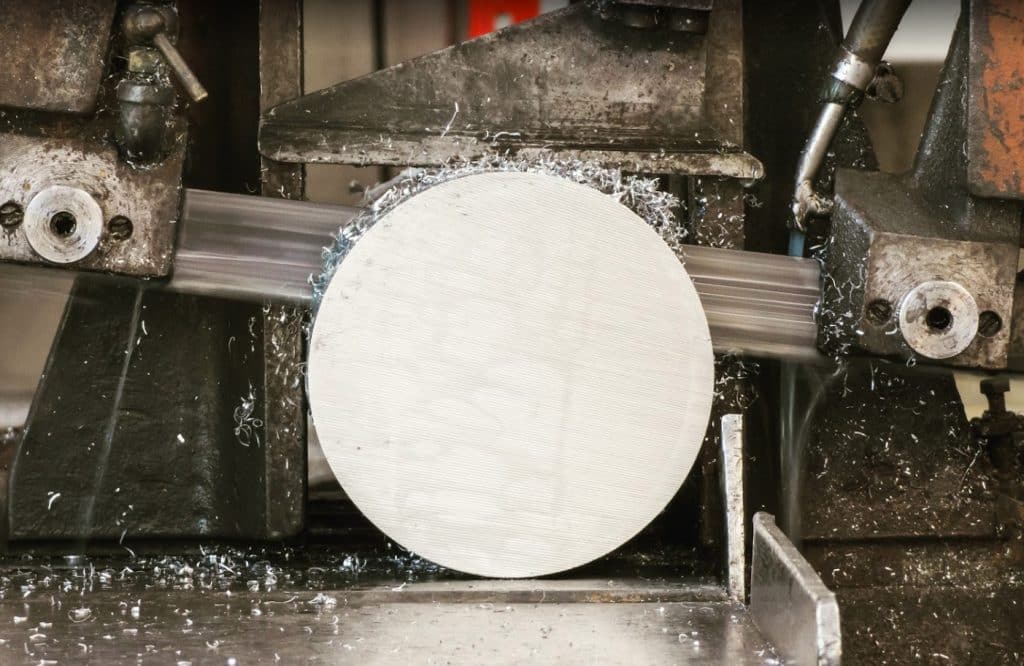Stainless Steel 304



Stainless Steel 304 Introduction
| Related Specifications | |
| Australia | AS 2837-1986-304 |
| Germany | W.Nr 1.4301 X5CrNi 18 10 |
| Great Britain | BS970 Part3 1991 304S15/304S31 BS970 1955 EN58E |
| Japan | JIS G4303 SuS 304 |
| USA | ASTM A276-98b 304 SAE 30304 AISI 304 UNS S30400 |
Chemical Composition of 304
| Chemical Composition | ||
| Min. % | Max % | |
| Carbon | 0 | 0.08 |
| Silicon | 0 | 1.00 |
| Manganese | 0 | 2.00 |
| Nickel | 8.00 | 10.50 |
| Chromium | 18.00 | 20.00 |
| Nitrogen | 0 | 0.10 |
| Phosphorous | 0 | 0.045 |
| Sulphur | 0 | 0.03 |
| *Molybdenum option addition. |
Mechanical Properties and heat treatment
| Mechanical Property Requirements - Annealed to ASTM A276-98b 304 | |||
| Finish | Hot Finish | Cold Finish | Cold Finish |
| Dia or Thickness mm | All | Up to & incl 12.7mm | Over 12.7mm |
| Tensile Strength Mpa Min. | 515 | 620 | 515 |
| Yield Strength Mpa Min. | 205 | 310 | 205 |
| Elongation in 50mm % Min. | 40 | 30 | 30 |
| Typical Mechanical Properties At Room Temperature - Annealed | |||
| Finish | Cold Drawn | Other | |
| Tensile Strength Mpa | 680 | 590 | |
| Yield Strength Mpa | 500 | 240 | |
| Elongation in 50mm % | 42 | 55 | |
| Impact Charpy V J | 190 | 183 | |
| Hardness | HB | 195 | 155 |
| Rc | 13 |
| Temperature oC | 20 | 430 | 550 | 650 | 760 | 870 | |
| Short - Time Tensile Tests | Tensile Strength Mpa | 580 | 425 | 370 | 310 | 205 | 140 |
| Yield Strength Mpa | 240 | 150 | 130 | 115 | 95 | 70 | |
| Elongation in 50mm % | 60 | 40 | 35 | 32 | 33 | 40 | |
| Creep Tests | Stress for % Creep in 10,000 hours Mpa |
115 | 50 | 15 |
| Typical Mechanical Properties - Annealed at Zero and Sub-Zero Temperatures | |||||
| Temperature oC | 0 | -70 | -130 | -180 | -240 |
| Tensile Strength Mpa | 870 | 1000 | 1300 | 1400 | 1650 |
| Yield Strength Mpa | 260 | 300 | 350 | 375 | 450 |
| Elongation in 50mm % | 57 | 50 | 45 | 40 | 30 |
| Impact Charpy V J | 190 | 190 | 185 | 180 | 180 |
Heat Treatment of Stainless Steel 304 |
| Annealing |
| Heat to 1020 oC - 1100 oC, holds until temperature is uniform throughout the section.
*Soak as required. Quench in water to obtain optimum corrosion resistance.* Soaking time should be long enough to ensure that the part is heated thoroughly throughout its section to the required temperature, 30 minutes per 25 mm of the section may be used as a guide. Please consult your heat treater for the best results. |
Machining 304 Stainless Steel |
| Stainless Steel 304 is slightly easier to machine than improved machinability 316 or 316L grades. But more difficult to machine than 303 free machining grade and most of the 400 series stainless steels.
It has a typical machinability rating of around 55% - 60% of free machining (S1214) mild steel. Due to its high work hardening rate, cutting or drilling tools etc. must be kept sharp at all times and not cause unnecessary work hardening of the surface etc. All machining should be carried out as per machine manufacturers' recommendations for suitable tool types, feeds and speeds. |
Welding 304 Stainless Steel
| Welding |
| Stainless Steel 304 is readily weldable by shielded fusion and resistance welding processes, followed by air cooling giving good toughness. Oxyacetylene welding is not recommended due to possible carbon pick-up in the weld area.
Small sections may be welded without loss of corrosion resistance due to intergranular carbide precipitation, but for larger sections or for service in extreme conditions, post-weld annealing is recommended. |
| Welding Procedure |
| Welding electrodes or rods should be 308 or similar depending upon the application. No pre-heat or post-heat is generally required.*Please consult your welding consumables supplier. |

